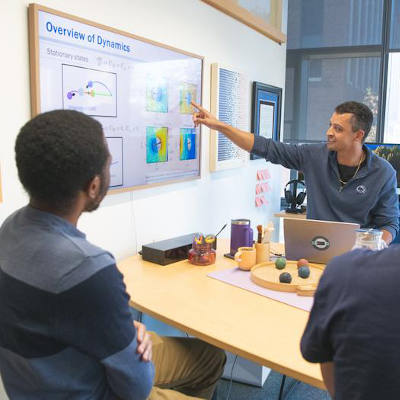Surgical robot trained with videos performs as well as human surgeons
Nov. 12, 2024.
2 mins. read.
16 Interactions
After learning to perform surgery by watching videos of experienced human surgeons, a robot performed as well as human surgeons.
A robot has learned to perform surgery by watching videos of experienced human surgeons. This method, called imitation learning, allows the robot to copy the actions it sees without needing detailed programming for each step of the surgery. This development makes surgical robots more autonomous, meaning they can work on their own, reducing the need for direct human control.
The project was led by researchers from Johns Hopkins University and included Stanford University researchers. The researchers trained the robot to do three basic surgery tasks: moving a needle, lifting tissue, and stitching (video). The robot learned these skills by watching videos from wrist cameras, capturing how surgeons perform these tasks.
Imitation learning
Imitation learning is a type of machine learning where a system learns by observing examples. Here, the robot watched these surgical videos, which act like lessons or demonstrations for the robot.
The researchers used a model similar to the one used by ChatGPT, but instead of processing language, this model deals with kinematics, particularly how movements like bending and rotating are described mathematically.
With imitation learning, it is possible to train a robot much faster, in just a few days, to perform various surgeries.
The researchers trained the robot on hundreds of video clips. The robot learned not just to mimic but to adapt and perform tasks even when things didn’t go as planned, like if it dropped a needle.
This learning approach allowed the robot to perform these tasks as well as human surgeons, showing that it could adapt to new situations or errors during the surgery.
This breakthrough is significant because traditionally, programming a robot for surgery would take years for even one procedure. This could lead to fewer mistakes in surgery, more precise operations, and quicker training for new procedures.
The researchers presented their work at the Conference on Robot Learning, highlighting its importance in the fields of robotics and artificial intelligence for medical applications.
The team continues to work on making the robot capable of performing entire surgeries, not just individual tasks.
Let us know your thoughts! Sign up for a Mindplex account now, join our Telegram, or follow us on Twitter.


.png)

.png)


.png)








1 Comments
One thought on “Surgical robot trained with videos performs as well as human surgeons”
Incredible progress! Robots learning surgery from videos could transform precision and efficiency in medical procedures.
🟨 😴 😡 ❌ 🤮 💩